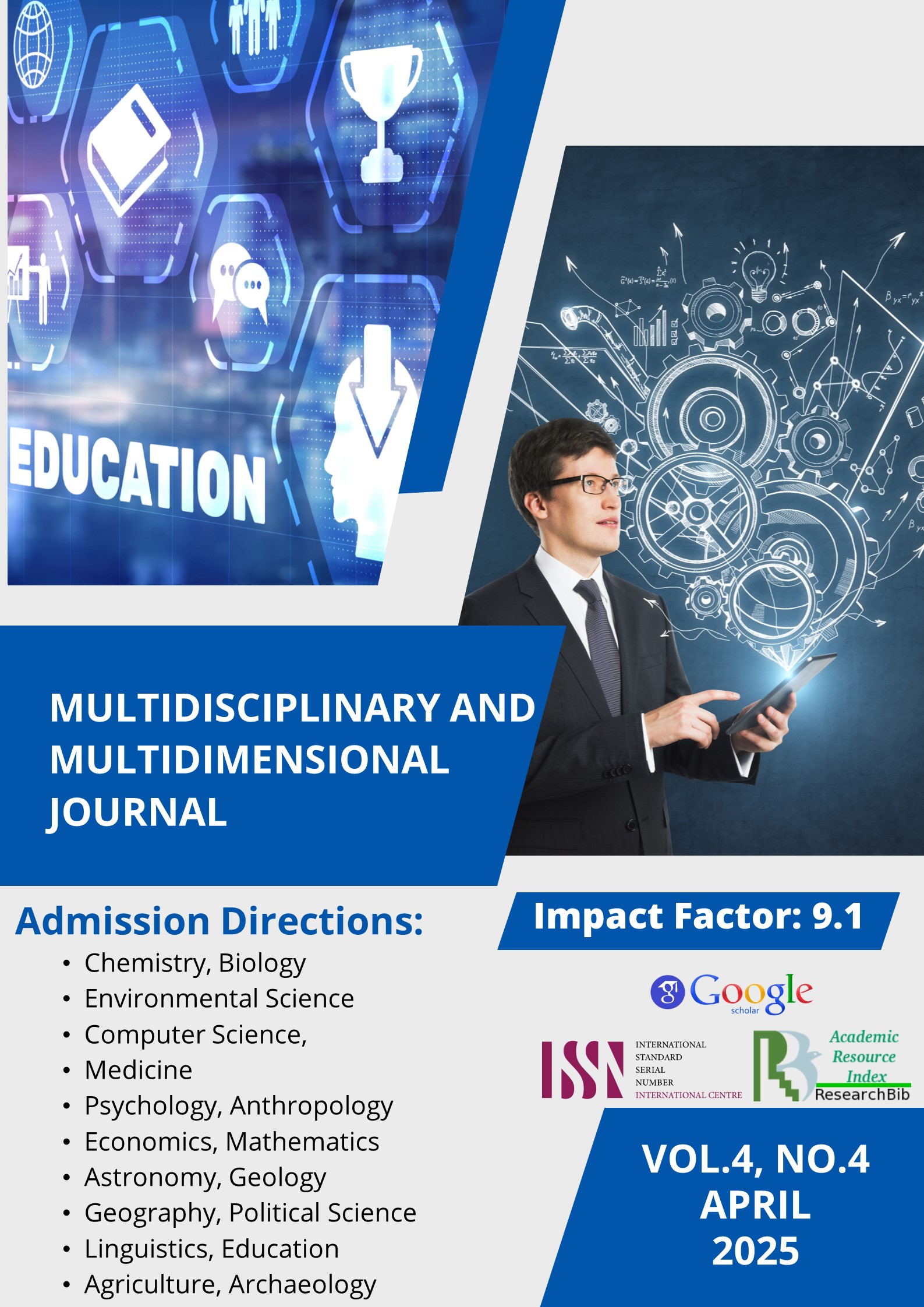HOW LEARNING A SECOND LANGUAGE CHANGES YOUR BRAIN
Abstract
Learning a second language has profound effects on the brain, shaping both its structure and function in ways that enhance cognitive abilities. This paper explores the neurological changes that occur as a result of second language acquisition, focusing on brain plasticity, memory, executive function, and multitasking skills. Key findings from recent research suggest that bilingual individuals experience increased gray matter density in language-related regions, improved cognitive flexibility, and better memory retention. Furthermore, learning a second language has been shown to delay the onset of dementia and Alzheimer's disease, highlighting the protective cognitive benefits of bilingualism. This paper also discusses how bilingualism strengthens working memory, enhances listening and sound perception, and improves emotional regulation. In light of these findings, the implications for both educational practices and lifelong cognitive health are significant, suggesting that language learning serves as a powerful tool for enhancing brain function and promoting cognitive resilience.
References
Bialystok, E. (2017). The bilingual brain: And what it tells us about the science of language. Basic Books.
Cummins, J. (2001). Bilingual children's language and cognitive development: A framework for assessment. Journal of Multilingual and Multicultural Development, 22(3), 235-252. https://doi.org/10.1080/01434630108666479
Diaz, R. M., & Klinger, M. R. (1991). Cognitive and academic consequences of bilingualism: A sociocultural perspective. Educational Psychologist, 26(1), 39-58. https://doi.org/10.1207/s15326985ep2601_5
Green, D. W., & Abutalebi, J. (2013). Language control in bilinguals: The adaptive control hypothesis. Journal of Cognitive Psychology, 25(5), 515-530. https://doi.org/10.1080/20445911.2013.796377
Hernandez, A. E., & Li, P. (2007). The bilingual brain: Neurocognitive implications of language and age. Current Directions in Psychological Science, 16(2), 60-64. https://doi.org/10.1111/j.1467-8721.2007.00476.x
Klein, D., Mok, K., Chen, J. K., & Watkins, K. E. (2014). Age of language learning shapes brain structure: A study of bilingual and monolingual individuals. Cerebral Cortex, 24(5), 1347-1356. https://doi.org/10.1093/cercor/bhs421
Kroll, J. F., & Bialystok, E. (2013). Understanding the consequences of bilingualism for language processing and cognition. The Annual Review of Psychology, 64, 377-401. https://doi.org/10.1146/annurev-psych-113011-143757
Li, P., Legault, J., & Litcofsky, K. A. (2014). Neural representations of second language vocabulary and the influence of language proficiency. Brain and Language, 131, 41-51. https://doi.org/10.1016/j.bandl.2013.11.002
Luk, G., & Bialystok, E. (2013). Cognitive control and lexical access in bilinguals: The effect of language proficiency and age of acquisition. Journal of Memory and Language, 68(3), 298-305. https://doi.org/10.1016/j.jml.2012.09.004
Marian, V., & Shook, A. (2012). The brain and bilingualism. The Neurocognition of Language, 15(3), 385-414. https://doi.org/10.1093/acprof:oso/9780199579783.003.0022











